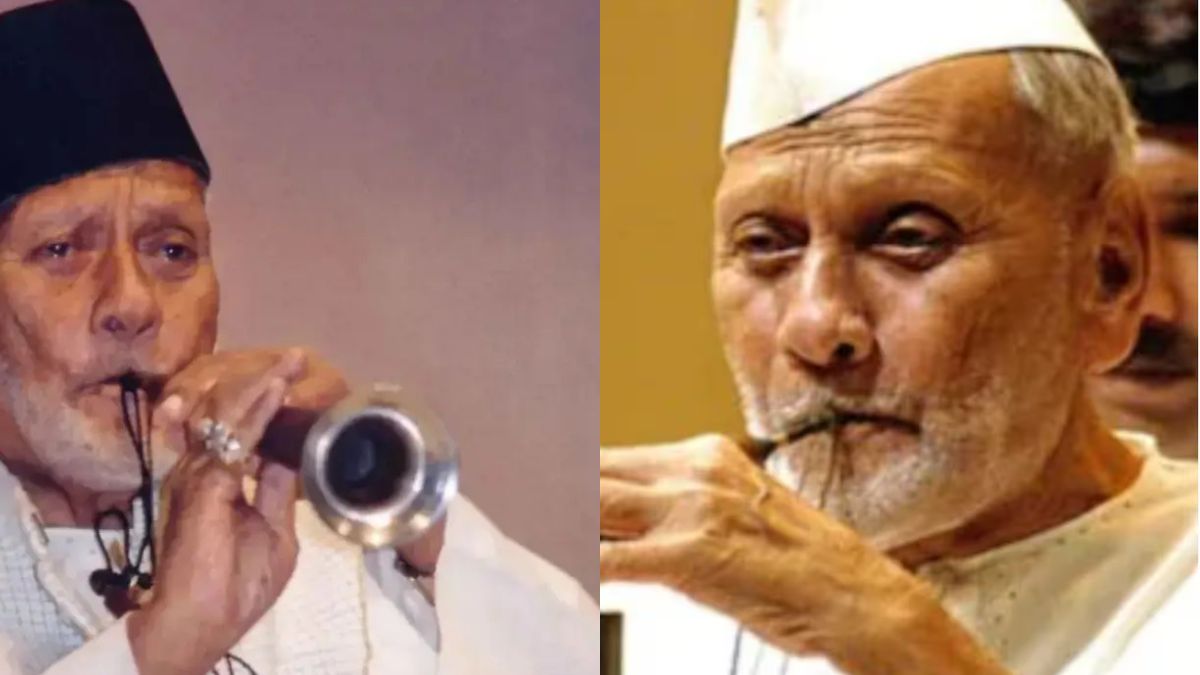The recent conferment of the Geographical Indication (GI) tag to the Banaras Shehnai is a landmark recognition of India’s rich intangible cultural heritage. Known worldwide through Ustad Bismillah Khan, the shehnai is not just an instrument but a symbol of spiritual and ceremonial music. For the traditional artisans of Varanasi (Kashi), the GI tag is not merely an official certificate—it is a deeply emotional and cultural validation of their legacy, commitment, and craftsmanship spanning generations.
Key Highlights
About the Banaras Shehnai
- Musical Instrument: Traditional wind instrument with sacred and ceremonial significance.
- Origin: Varanasi (Banaras), Uttar Pradesh.
- Cultural Value: Played in temples, at weddings, on ghats, and in classical performances.
GI Tag and Recognition
- Awarded By: Prime Minister Narendra Modi.
- Received On Behalf of Artisans By: Ramesh Kumar, a 4th-generation shehnai-maker.
- Significance: Protects and promotes the authenticity of Banaras Shehnai as a unique product of its geography and heritage.
Role of Ustad Bismillah Khan
- Elevated the shehnai to global recognition.
- Native of Varanasi, considered the face of Banaras Shehnai.
- Played a major role in bringing classical attention to the instrument.
Artisan Craftsmanship
- Materials Used: Sheesham and Sagwan wood.
- Reed Sourced From: Dumraon, Bihar.
- Time to Make: 2–3 days per instrument.
- Process: Involves precise mathematical calculations for tonal accuracy.
- Emotion and Philosophy: Treated as a sacred creation rather than a commercial product.
| Summary/Static | Details |
| Why in the news? | Banaras Shehnai Get Recognition of GI Tag |
| Instrument | Banaras Shehnai |
| GI Tag Awarded | April 2025, by PM Modi |
| Cultural Ambassador | Ustad Bismillah Khan |
| Geographical Origin | Varanasi, Uttar Pradesh |
| Material Used | Sheesham & Sagwan wood, Reed from Dumraon |
| Craft Duration | 2–3 days per shehnai |



 Bhartiya Bhasha Utsav 2025: Celebrating ...
Bhartiya Bhasha Utsav 2025: Celebrating ...
 Starlink Internet: Revolutionising Globa...
Starlink Internet: Revolutionising Globa...
 Google 2025: Top Searches by Indian User...
Google 2025: Top Searches by Indian User...







